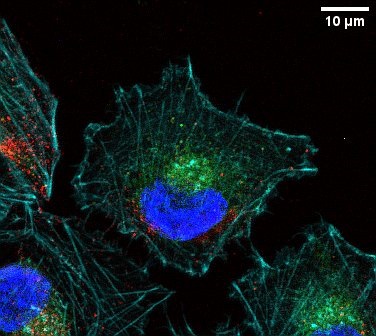Discovery of 99-Million-Year-Old Zombie Fungus Sheds Light on Ancient Ecosystems

In a groundbreaking study published on June 11, 2025, in the Proceedings of the Royal Society B, scientists revealed the discovery of a 99-million-year-old 'zombie' fungus preserved in amber, providing unprecedented insight into ancient parasitic relationships. This remarkable finding, which includes two insect specimens—a fly and a juvenile ant—entraps the essence of an ecological horror story that predates modern parasitism.
The ancient fungal species, Paleoophiocordyceps gerontoformicae and Paleoophiocordyceps ironomyiae, were identified by a team led by Yuhui Zhuang, a doctoral researcher at Yunnan University. Zhuang stated, "This discovery allows us to visualize the ancient ecological relationships preserved in fossils and illustrates how nature has long perfected the art of parasitism." The specimens were unearthed from amber deposits in Myanmar, a region celebrated for its rich fossil record dating back to the Cretaceous period, the height of the dinosaur age.
The peculiar nature of these fungi lies in their parasitic behavior. Modern relatives from the Ophiocordyceps genus are infamous for their ability to manipulate the behavior of insects, effectively turning them into 'zombies' before their eventual death. This study suggests that similar evolutionary mechanisms existed millions of years ago. As noted by Conrad Labandeira, a palaeontologist at the Smithsonian Institution, "It appears that ants were targeted early for zombification, indicating a long-standing relationship between these fungi and their insect hosts."
The fossilized specimens, particularly the fly with the fruiting body of the fungus protruding from its head, vividly illustrate the gruesome reality of parasitism in ancient ecosystems. This discovery not only enriches the understanding of ancient ecological relationships but also raises questions about the evolutionary pressures that shaped these interactions. The findings echo contemporary issues in ecology, especially concerning the balance of ecosystems affected by parasitic species.
Experts emphasize the significance of this discovery in understanding the history of life on Earth. According to Dr. Sarah Johnson, an evolutionary biologist at Stanford University, "The notion that parasitism has such deep roots in Earth's history underscores the complexity of interactions within ecosystems and their evolution. These findings could inform current biological research and ecological conservation efforts."
The implications of this discovery extend beyond mere curiosity. It fosters a deeper appreciation for the intricate web of life that has existed on the planet for millions of years, highlighting that the struggles for survival and the dynamics of predator-prey relationships have been intrinsic to life long before humans walked the Earth.
As researchers continue to explore the implications of this ancient fungal behavior, this discovery serves as a reminder of the ongoing evolutionary dance between organisms—a relationship that is as relevant today as it was in the time of the dinosaurs. The haunting image of a fly's head bursting with fungal fruiting bodies encapsulates the bizarre and often macabre realities of life, death, and survival in nature, reminding us that the natural world is filled with mysteries waiting to be uncovered.
Advertisement
Tags
Advertisement





